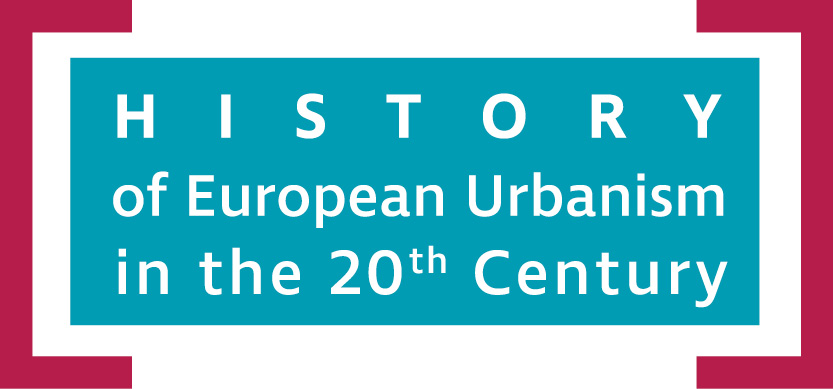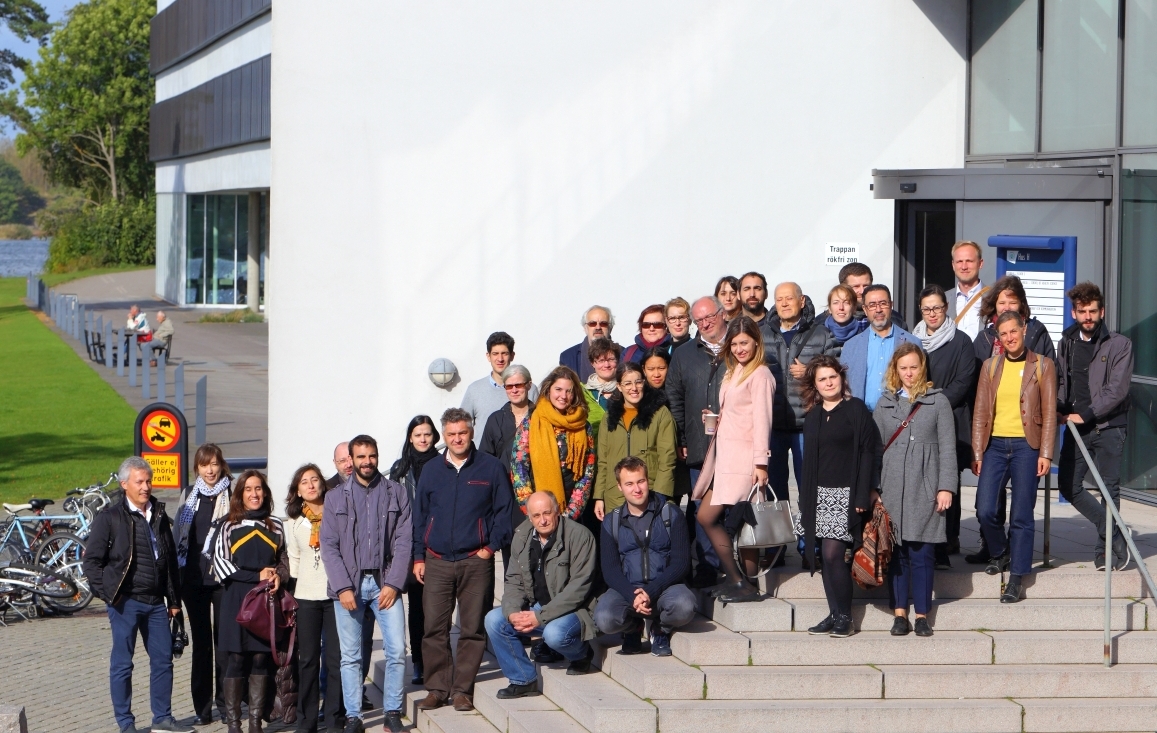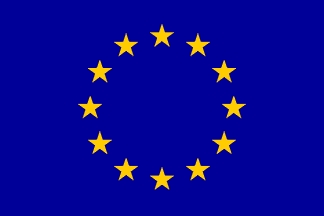 UrbanHIST | 20th Century European Urbanism
UrbanHIST | 20th Century European Urbanism
Die Bauhaus-Universität Weimar, Blekinge Tekniska Högskola (Schweden), Universidad de Valladolid (Spanien) und Univerzita Pavla Jozefa Šafárika v Košiciach (Slowakei) führten von Oktober 2016 bis Juli 2021 gemeinsam mit 13 europäischen Partnerorganisationen, darunter das Stadtmuseum Dresden, das European Joint Doctorate Programme UrbanHIST | 20th Century European Urbanism durch. Das Programm wurde im Rahmen der Horizon 2020 Marie Sklodovska-Curie Action gefördert.
Das Stadtmuseum Dresden nahm im Rahmen von urbanHIST für mehrere Monate Doktoranden am Haus auf. Betreut wurden Sie durch Dr. Claudia Quiring, Kustodin für Baugeschichte und Stadtentwicklung.

Foto: (urbanHIST/MWG)


This project has received funding from the European Union’s Horizon 2020 research and innovation programme under the Marie Skłodowska-Curie grant agreement No 721933.
urbanHIST| 20th Century European Urbanism
Die Geschichte Europas im 20. Jahrhunderts ist zu einem aufschlussreichen Teil die Geschichte der bewussten Entwicklung der Städte durch öffentliche Stadtplanung. Stadtplanung trug wesentlich zur Herausbildung des Sozialstaates, starker Volkswirtschaften und einer vergleichsweise ausgeglichenen Siedlungsstruktur bei. Auf keinem anderen Kontinent wurde öffentliche räumliche Planung so sehr als ein politisches Instrument eingesetzt. Demokratische und emanzipatorische Gesellschaftsprojekte haben ebenso darauf zurückgegriffen wie diktatorische und reaktionäre. Manchmal war die unmittelbare, die materielle Wirkung von Programmen der Planung nur gering.
Erstmals arbeiteten Fachleute verschiedener Teile des Kontinents und verschiedener Fachdisziplinen, die seit langem planungshistorisch arbeiten und eine für Europa einmalige Konzentration von Fachwissen bilden, gemeinsam daran, die Grundlinien, den erstaunlichen Wandel und die Geschichte der europäischen Stadtplanung im 20. Jahrhundert zusammenhängend zu begreifen.
urbanHIST gliederte diesen bislang unübersichtlichen Gesamtgegenstand in acht Themenbereiche, die zwischen 2017 und 2021 bearbeitet wurden:
1. “Historiography of European urbanism”
2. “Urbanism, political and development strategies”
3. “Public Infrastructure, Social Housing and Evolution of Cities”
4. “Heritage and Urbanism in Europe”
5. “Central Europe since the fall of Austro-Hungarian Empire through dictatorships
of the 20th century to European Union”
6. “Urbanism, architecture and building of national identity”
7. “The establishment of urbanism as profession and discipline”
8. “Planning for the growth society and the emergence of sustainability”
Die wichtigsten Informationen des Projektes sind im Flyer zusammengefasst.
Weiterführende Seiten: www.urbanhist.eu
Forschungen | Research in Dresden
Projektbetreuerin | Adviser
Dr. Claudia Quiring, Kustodin für Baugeschichte und Stadtentwicklung
Tel.: +49 (0)351. 488 73 34, E-Mail: claudia.quiring(at)museen-dresden.de
Doktoranden | Researchers

Azmah Arzmi
Secondment to Dresden Jan - March 2018
Contact:azmah.arzmi@uni-weimar.de
Education: Masters in Architecture (M.Sc.), University of Kent
Supervision: M. Welch Guerra (BUW),M. Spurný (UPJŠ)
Research Project: Central planned economies and weak urban planning. Explaining a paradox in the European countries of state socialism.
Objective: This IRP aims to provide an analysis of the relationship between urbanism and dominant steering mechanisms in two state socialist nations with divergent political approaches. The Soviet Union and – in the second half of the 20th century – the countries in Central, Eastern and South Eastern Europe applied urbanism as an important instrument for the implementation of development strategies. Although there were regional differences (e.g. between Czechoslovakia and the Soviet Union), the centrally planned economies went generally along weak urban planning.
“With land nationalization and restriction of private land ownership, it may be tempting to assume that the countries of centrally-planned economy would be better in urban planning. However, in the former socialist states of Central and East Europe, urban planning has always been subjugated to heavy industrialization and other aspects of sectoral plannings. Thus, I intend to use this paradox as an initial idea to explore further and do a comparative study between the GDR and Czechoslovakia of its different historical phases, political processes and other factors that formed the cities of its time.”

Elvira Khairullina
Secondment to Dresden Jan - March 2018
Contact: elvira.khairullina@alumnos.uva.es
Education: M.A. in Urban Planning, University of Granada
Supervision: L. Santos y Ganges (UVa), J. Hofierka (UPJŠ)
Research Project:Contemporary History of Technical Infrastructures in European Cities and in Urban Planning
Objective:The research objective is to contribute to the knowledge about road infrastructure and transport planning and its role in urban transformation in Eastern European cities in socialist period. The topic will be approached from the perspective of history including 3 main focuses: history of socialism, history of urban planning and road infrastructure planning history in conjunction with the city. Through the analysis of urban theory and different contexts it is expected to determine the level of interrelation of theoretical ideas in road infrastructure planning, as well as applying comparative analysis of case studies to identify its specific contexts and urban characteristics.
“I plan to identify the interrelations of currents and patterns of ideas in planning transport infrastructure, as well as their urban characteristics in order to contribute to an overview on the planning of the cities of Eastern Europe during the socialist period.“